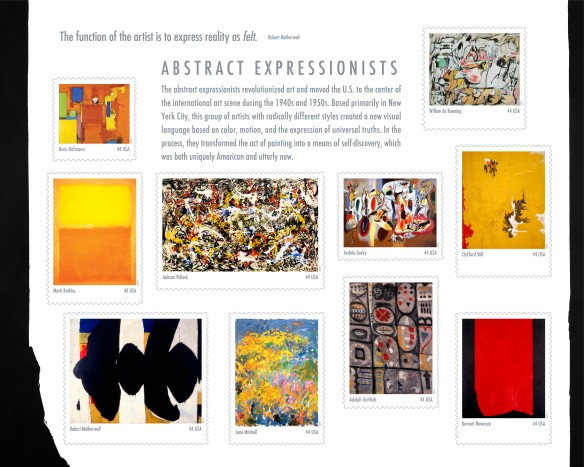 As an adolescent, I idolized poet Sylvia Plath. While my friends talked endlessly about their favorite bands and actors they wanted hanging over their beds, I spent hours poring over Plath’s poetry and journals, desperately trying to know everything I could about this mysterious woman.
As an adolescent, I idolized poet Sylvia Plath. While my friends talked endlessly about their favorite bands and actors they wanted hanging over their beds, I spent hours poring over Plath’s poetry and journals, desperately trying to know everything I could about this mysterious woman.
Although Plath published just one collection of poetry and one novel in her lifetime, her complex body of work showcases her ability to conquer such weighty themes as marriage and motherhood, gender and power, death and resurrection, and the search for the self. Her posthumously published Collected Poems (1981) received the Pulitzer Prize in 1982. The collection includes poems written from 1956 until her suicide in 1963.
Plath’s most famous poem, “Daddy” (1962), delves into the painful subject of her father’s death when she was a child. Written in the singsong style of a nursery rhyme, the emotional verse evokes the feelings of sorrow and anger she felt at not having the opportunity to know her father before he died. This anger quickly changes direction, focusing on her husband, whose betrayal is connected, in Plath’s mind, to that of her father’s. By the end of the poem, the narrator has shed the burden of grief for both of these painful relationships.
 As a teenager I wanted to be a poet, and Plath’s highly autobiographical style appealed to me. The way in which Plath reveals honest details of her life and innermost thoughts seemed so extraordinary. Though I no longer hold a romanticized image of becoming a poet, I do still love Sylvia Plath’s writing. With simplicity of language and self-reflection, she gives a voice not only to her own experiences, but those of many women. She is, in my mind, truly one of the greatest American poets of the 20th century.
As a teenager I wanted to be a poet, and Plath’s highly autobiographical style appealed to me. The way in which Plath reveals honest details of her life and innermost thoughts seemed so extraordinary. Though I no longer hold a romanticized image of becoming a poet, I do still love Sylvia Plath’s writing. With simplicity of language and self-reflection, she gives a voice not only to her own experiences, but those of many women. She is, in my mind, truly one of the greatest American poets of the 20th century.
Upon learning about the Twentieth-Century Poets stamps issuance later this year—and that the set of ten esteemed bards includes Sylvia Plath—my excitement for the 2012 stamp program spiked. Along with Plath, the commemorative pane will pay tribute to Elizabeth Bishop, Joseph Brodsky, Gwendolyn Brooks, E. E. Cummings, Robert Hayden, Denise Levertov, Theodore Roethke, Wallace Stevens, and William Carlos Williams. Designed by art director Derry Noyes, the Twentieth-Century Poets stamps will be issued in April.
“Sylvia Plath”, n.d.
Photograph by Rollie McKenna
@ Rosalie Thorne McKenna Foundation
Courtesy Center for Creative Photography, University of Arizona Foundation







